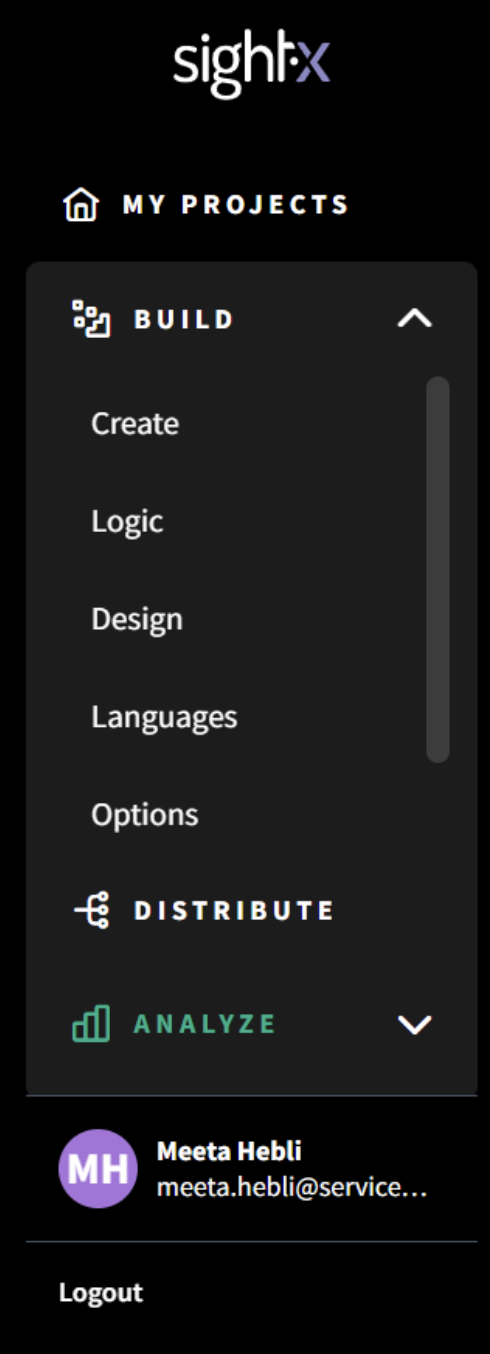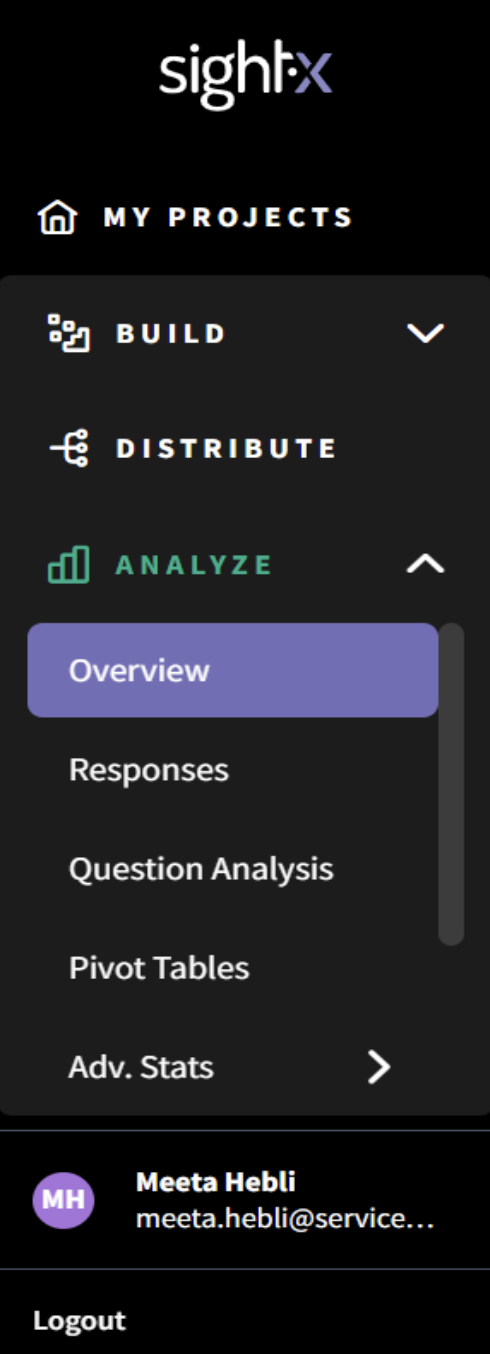Service Master Brand
Quantitative UX Research (Summer Internship)
My Role: UX Researcher worked on employee experience
Team: Tymirra Smith, Madeleine Paulsen | Timeframe: 10 weeks | Tools: SightX, Dovetail, FigJam, Teams
During my summer internship at Service Master Brand (SMB), I took on the role of a UX Researcher with a focused mission: to understand what drives employee experience and propose actionable improvements. We embarked on a 10-week journey to bridge the gap between employees and management, ensuring a better work environment for all.
My Key Contributions:
Designed and executed a structured UX research strategy using Agile sprints to collect meaningful employee insights.
Developed and refined survey questions to ensure clarity, avoid bias, and capture nuanced employee experiences.
Led the analysis of qualitative and quantitative data to generate actionable recommendations for SMB leadership.
Understanding the challenge
Employee experience is more than just happiness at work—it encompasses fulfillment, engagement, relationships, compensation, and overall workplace conditions.
To support SMB in enhancing these aspects, we needed to:
Measure employee happiness and engagement.
Identify strengths and areas for improvement.
Understand manager-employee dynamics.
Provide actionable recommendations for enhancing workplace satisfaction.
Create a structured feedback loop to keep employees engaged.
Defining the Research Approach
To collect meaningful insights, we structured our research into 2 week sprints, breaking down the initiative into focused, iterative cycles.
To execute this effectively, we used SightX, a research platform that allowed us to design, distribute, and analyze surveys with features such as multilingual support, ensuring accessibility for a diverse workforce.
This decision was made to ensure frequent and real-time feedback rather than relying on annual surveys, which often fail to capture evolving employee needs.
Before launching the survey sprint, I conducted an in-depth review of previous research papers, past surveys, and manager feedback sessions.
My analysis identified three key factors influencing employee experience:
Supportive Leadership
To ensure maximum participation, I facilitated one-on-one sessions with managers across various brands, helping them understand how to navigate the SightX platform and encouraging them to support the initiative.
This sprint approach allowed us to iteratively test, analyze, and refine the process, making adjustments based on real-time employee feedback.
What factors contribute to employee experience within our organization and how can we improve overall job satisfaction?
Crafting the Survey
Work - Life Balance
Career Advancement
Executing the 2-week Sprint
Enhancing Work-Life Balance:
Flexible work hours, wellness initiatives, and mental health support.
[Chosen for immediate implementation]
My approach included:
Sending personalized emails to new and returning participants.
Conducting training sessions on using SightX.
Addressing concerns regarding anonymity and data security to build trust in the process.
Strategies & Recommendations
After the survey, we analyzed the data to create a report detailing recommendations and strategies.
Fostering Career Growth:
Internal job postings, mentorship programs, and training workshops.
[Aligned with company goals]
The final recommendations were carefully selected based on feasibility, employee needs, and alignment with SMB’s strategic goals. While some suggestions were deprioritized due to constraints, the implemented changes laid the foundation for a more employee-centric workplace.
Looking Ahead: Impact & Learnings
Our recommendations projected a 10% turnover reduction, a 15% increase in employee satisfaction, and saved 100+ hours in data collection across 10+ locations.
Key Takeaways from My Experience
Observations & Emerging Trends
As responses started rolling in, I conducted preliminary analysis, identifying early patterns.
Some key findings included:
Employees valued informal interactions, such as lunch with managers, as a way to build stronger professional relationships.
Flexible work arrangements and team-building activities (e.g., weekly game nights) contributed significantly to job satisfaction.
Employees appreciated when company decisions were communicated transparently through video messages or Q&A sessions.
Improving Leadership Communication:
Decision feedback forms, town halls, and employee Q&A sessions.
[Addressed employee concerns]
As the project concluded, I synthesized the findings into a comprehensive report, highlighting key trends, recommendations, and next steps.
This research helped SMB take the first step toward a more employee-centric culture, with a structured feedback mechanism that allowed ongoing improvements.
Developed expertise in crafting survey questions that captured nuanced employee experiences.
Gained proficiency in recruiting participants while ensuring ethical research practices.
Strengthened my ability to analyze qualitative and quantitative data for meaningful insights.
Honed collaboration and communication skills through interactions with managers and employees.











